Going on a hiking trip can be an exhilarating escape into nature, providing a chance to decompress and soak in the beauty of the great outdoors. But while the wilderness can be peaceful and serene, it’s also home to some wild inhabitants that can quickly turn your perfect day into a not-so-pleasant adventure. From the smallest insects to larger mammals, these critters can surprise you unexpectedly. Let’s explore how some animals can abruptly change the course of your hiking trip in mere seconds.
1. Curious Bears May Want Your Picnic
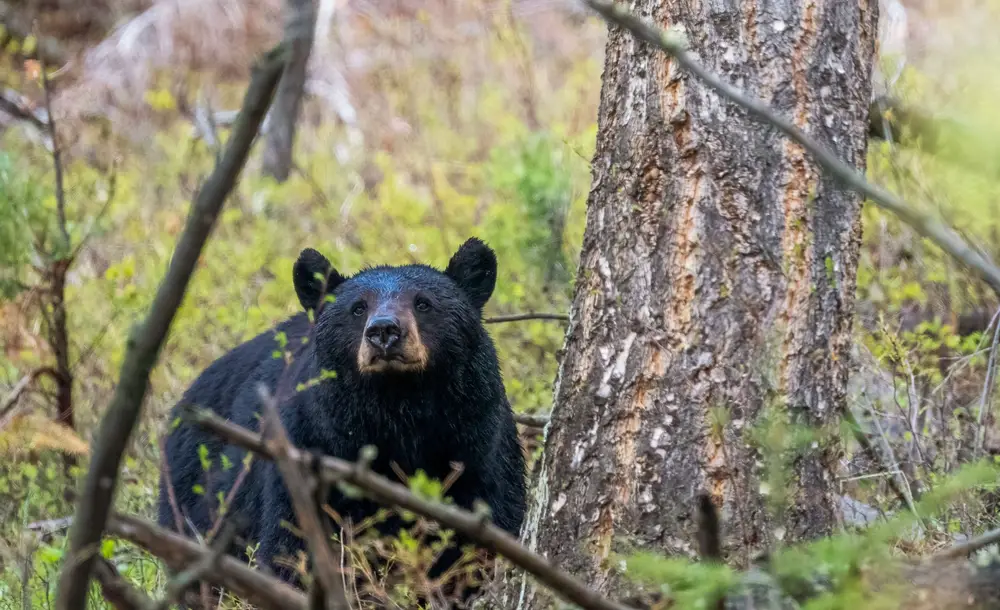
Imagine this: you’re enjoying a peaceful lunch break, surrounded by towering trees and a gentle breeze, when suddenly, you notice a large, furry visitor. Bears are attracted to the scent of food and garbage, so it’s important to pack your snacks securely. According to the National Park Service, storing food in bear-proof containers is essential to prevent unwanted encounters. While most bears prefer to avoid human interaction, an unexpected meeting can lead to some tense moments. Always keep your distance and never approach these powerful creatures.
In bear country, it’s crucial to stay vigilant and make noise while hiking to avoid surprising them. Clap or talk loudly if you suspect a bear is nearby. If you do encounter a bear, remain calm and do not run. Slowly back away while facing the bear and try to make yourself appear larger. Carrying bear spray can be an effective deterrent in case of a close encounter. Remember, respecting wildlife and maintaining a safe distance is key to a harmonious hiking experience.
2. Watch Out for Those Sneaky Snakes
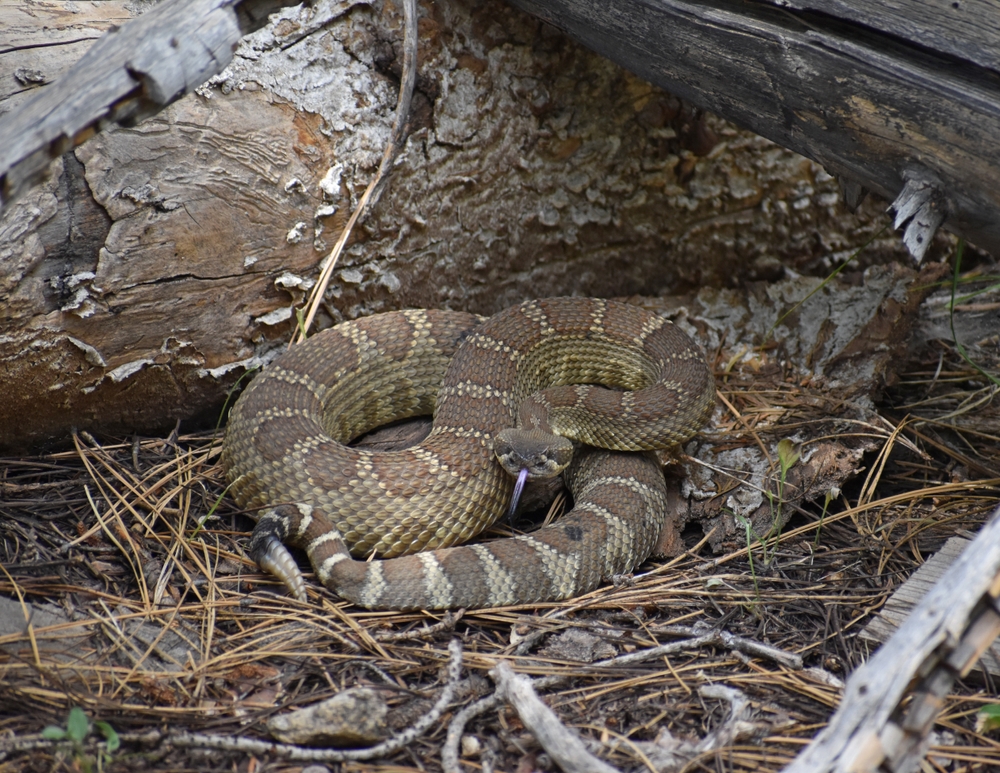
Snakes can be elusive and unexpected companions on your hiking journey. They often hide in tall grass, under rocks, or in sunny spots along the path. According to the Centers for Disease Control and Prevention, around 7,000–8,000 people are bitten by venomous snakes in the U.S. each year. Many snake species are harmless, but it’s always wise to keep your eyes peeled and avoid stepping in areas where visibility is low. If you encounter a snake, give it plenty of space and allow it to slither away on its own.
Most snakes want nothing to do with humans and will only bite if they feel threatened. Wearing high boots and long pants can provide some protection against snake bites. If bitten by a venomous snake, seeking immediate medical attention is crucial. Do not attempt to suck out the venom or apply ice to the bite area. Staying informed about the types of snakes in the region you’re hiking can help you identify and respond appropriately to any encounters.
3. Pesky Insects That Buzz and Bite

Insects are a constant presence in the wilderness, and while some are harmless, others can be quite bothersome. Mosquitoes, ticks, and flies can swarm around you and make your hiking trip uncomfortable. Protecting yourself with insect repellent is advisable, especially in areas prone to these pests. According to a study by the Environmental Protection Agency, using repellents that contain DEET or picaridin can effectively deter biting insects. Long sleeves and pants can also serve as a physical barrier against these tiny invaders.
Ticks can transmit diseases such as Lyme disease, so checking for them after your hike is crucial. Pay special attention to areas like the armpits, scalp, and behind the knees. Removing a tick promptly and correctly can reduce the risk of infection. Meanwhile, if you’re dealing with a swarm of mosquitoes, consider setting up camp away from standing water where they breed. Staying prepared and informed can make a significant difference in your outdoor experience.
4. The Skunk’s Surprise Spray
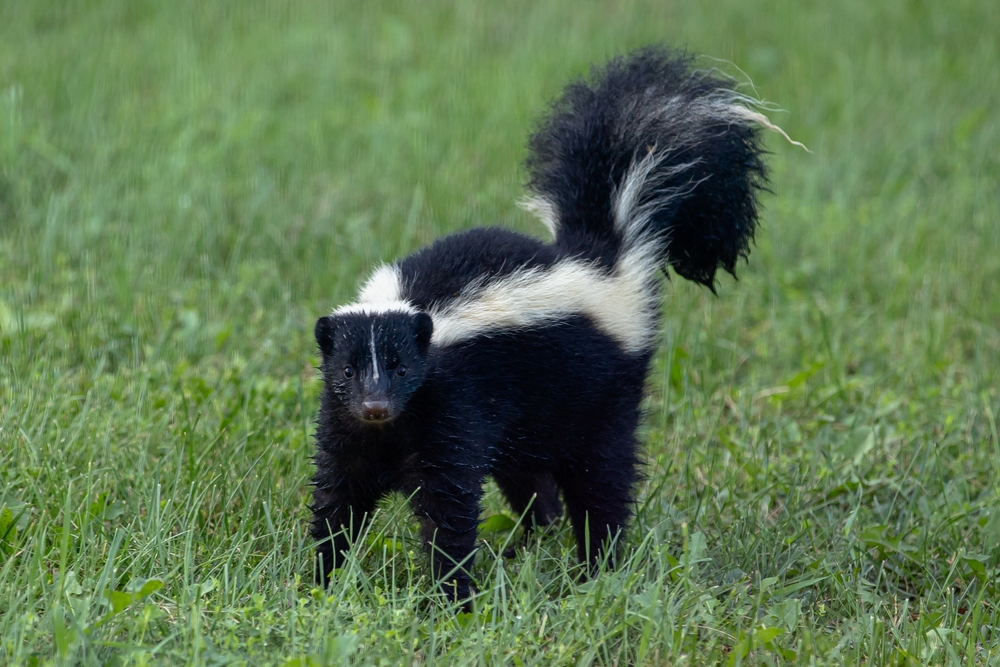
Encountering a skunk on the trail can be a smelly ordeal. These black and white creatures are usually non-aggressive, but if they feel threatened, they’ll use their notorious spray to ward off perceived danger. The pungent odor can linger for days and is notoriously difficult to wash off. If you spot a skunk, it’s best to give it plenty of space and avoid startling it. Slow movements and a wide berth are your best strategies to prevent an unpleasant encounter.
Skunks are nocturnal, so they’re more active during the early morning and evening hours. Paying attention to your surroundings and watching where you step can help you avoid them. If you end up on the wrong side of a skunk’s spray, using a mixture of hydrogen peroxide, baking soda, and dish soap can help neutralize the odor. However, prevention is always better than cure, so remain vigilant and respectful of their space. Keeping your distance ensures both you and the skunk leave the encounter unscathed.
5. Darting Deer and Their Sudden Appearances
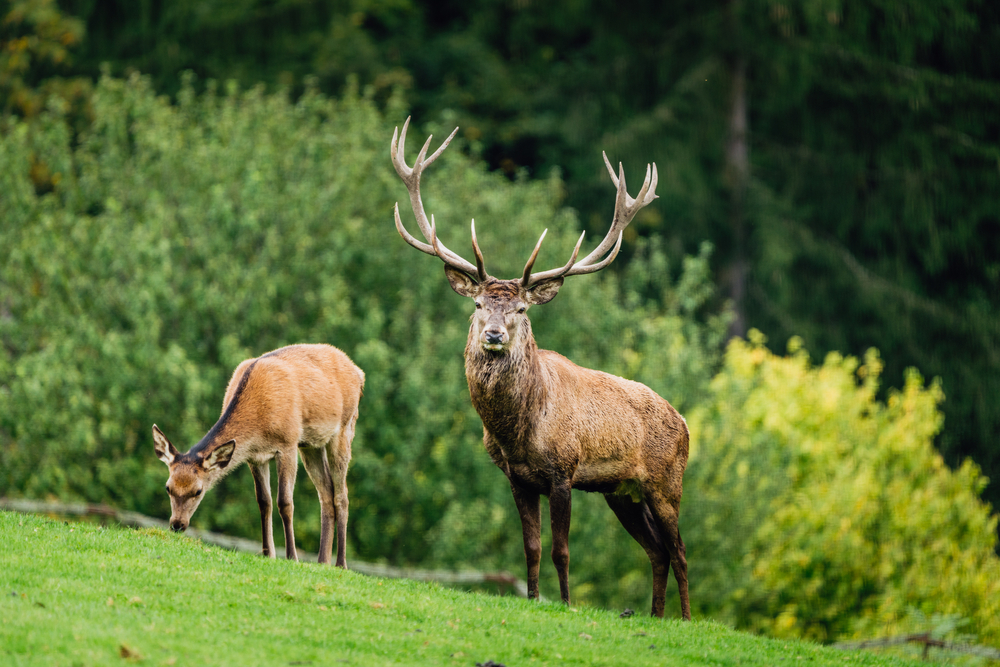
Deer are graceful and often welcome sights in the forest, but they can also dart unexpectedly across trails, especially if startled. These sudden movements can catch hikers off guard, and in rare cases, lead to collisions. Traveling in groups and making noise as you hike can help alert deer to your presence, reducing the chance of a surprise encounter. If you see a deer, admire it from a distance and avoid making any sudden movements that could startle it.
Deer are more active during dawn and dusk, which are also popular times for hikers. Being mindful of your surroundings and scanning the trail ahead can prevent close calls. Should you come across a deer, remember they are wild animals and may act unpredictably. Give them space to move away naturally and refrain from attempting to feed them. Observing deer in their natural habitat is a beautiful experience, best enjoyed from afar.
6. Mischievous Raccoons and Their Thieving Tendencies
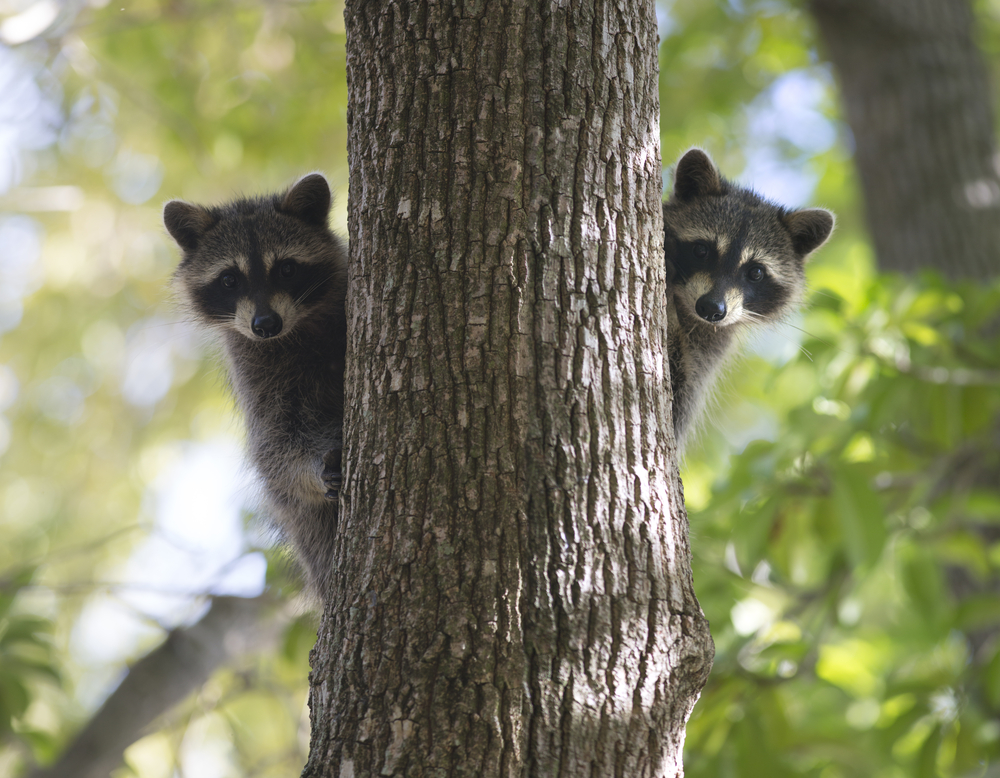
Raccoons are intelligent and curious creatures often drawn to campsites by the prospect of an easy meal. With their dexterous paws, they can unzip bags and containers to get to your food. Securing your belongings and using raccoon-proof containers can save you from an unfortunate loss of supplies. These nocturnal animals are known for their tenacity, so never underestimate their ability to outsmart flimsy locks or closures.
To minimize raccoon encounters, keep your campsite clean and store food away from your sleeping area. Hanging food in a bear bag or placing it in a locked vehicle can deter these masked bandits. If you spot a raccoon at your campsite, give it space and never attempt to feed it. Feeding raccoons can lead to aggressive behavior and dependency on human food, which is harmful to their natural way of living. Respecting their space ensures a peaceful coexistence while you enjoy your time outdoors.
7. Coyotes and Their Eerie Howls
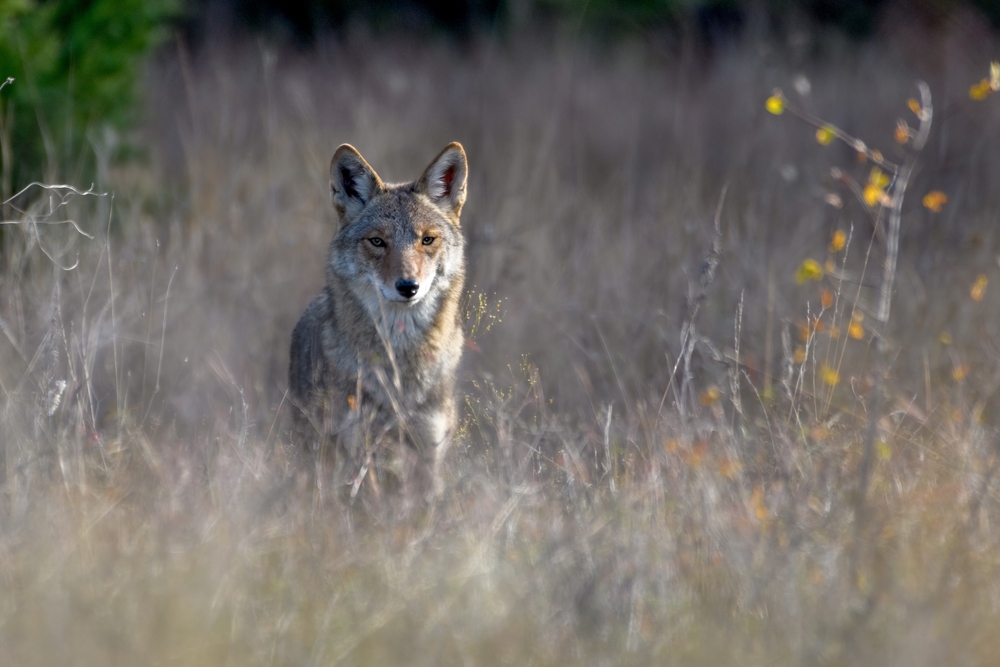
The sound of a coyote’s howl can send shivers down your spine, especially if you’re hiking alone. While these adaptable animals are generally wary of humans, they can be seen in urban areas as well as in the wild. Coyotes are opportunistic feeders, so keeping your food and trash secured is essential. If you hear or see a coyote, make noise to assert your presence and avoid approaching it.
Hiking with a companion can also deter coyotes from getting too close. If a coyote approaches, stand tall, wave your arms, and make loud noises to scare it away. Throwing small stones or sticks in its direction can also reinforce your boundaries. Most importantly, never turn your back and run, as this might trigger a chase response. Understanding coyote behavior and respecting their habitat helps maintain a safe and enjoyable hiking experience.
8. Aggressive Wasps with a Sting
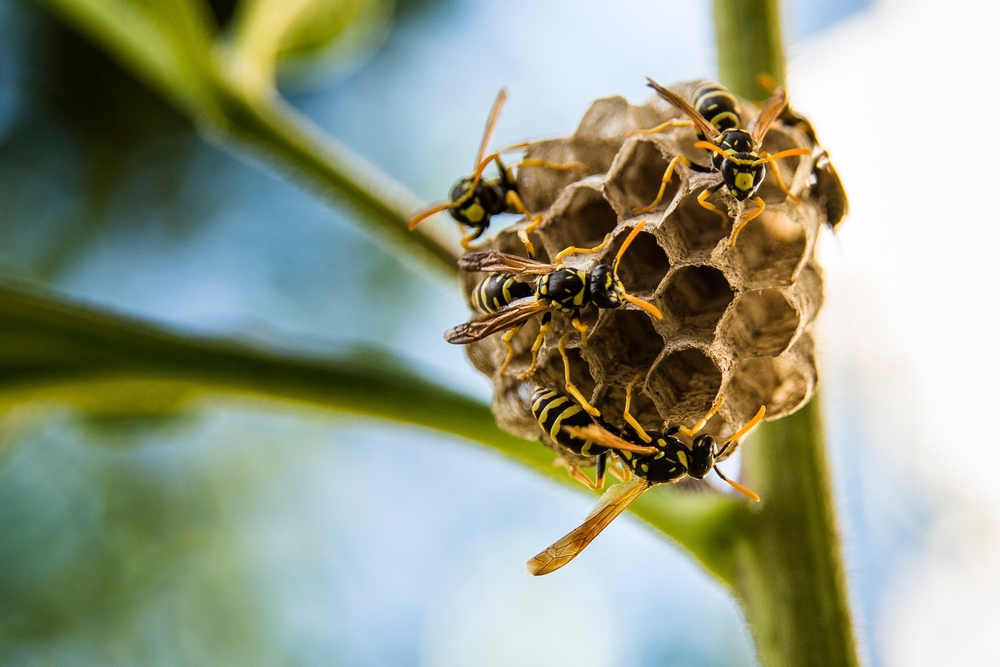
Unlike bees, wasps can sting multiple times and become aggressive if provoked. They are often attracted to sweet foods and drinks, so be mindful when picnicking or taking breaks. If you see a wasp nest, give it a wide berth and avoid making sudden movements that could disturb its inhabitants. In the event of a wasp sting, remove the stinger if present and use a cold compress to reduce swelling.
Being aware of your surroundings and checking for wasp nests can help prevent encounters. If a wasp lands on you, remain calm and gently brush it away instead of swatting. An antihistamine can relieve itching and swelling if you’re stung. For those with severe allergic reactions, carrying an epinephrine auto-injector is critical. Staying alert and prepared ensures you’re not caught off guard by these feisty insects.
9. Porcupines and Their Quill Defense
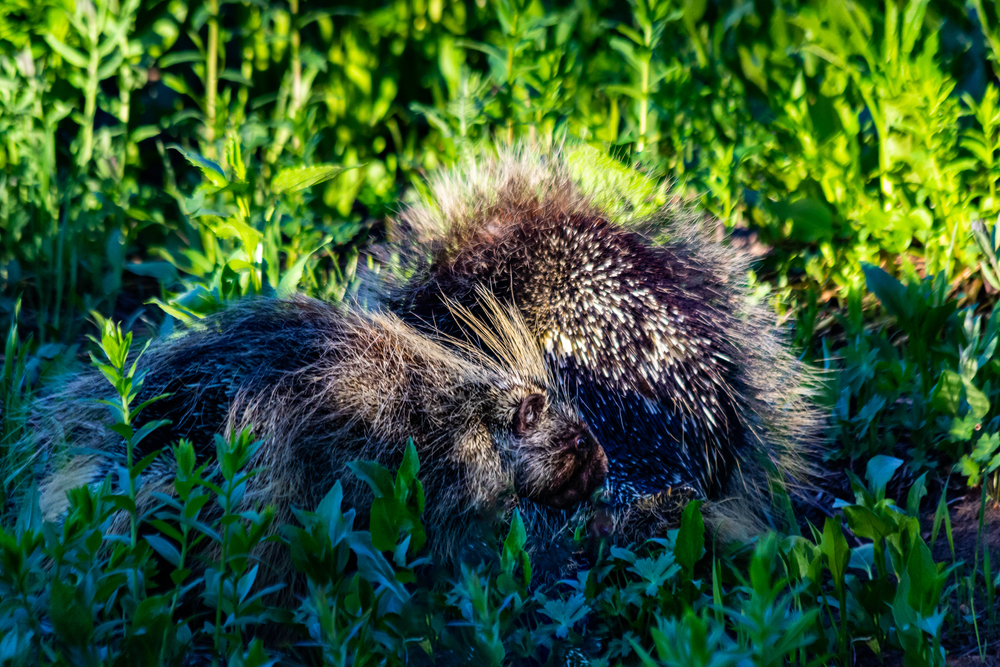
Porcupines are generally slow-moving and docile, but when threatened, they have a formidable defense mechanism: quills. These sharp, barbed quills can embed into skin and cause painful injuries. If you encounter a porcupine on the trail, admire it from a safe distance and avoid any interaction. Quills can be difficult to remove and often require professional medical attention.
Porcupines are primarily nocturnal, so they’re more likely to be seen at night. Look for signs of their presence, such as chewed tree bark or tracks, to avoid surprises. If hiking with pets, keep them on a leash to prevent curious noses from getting too close. Educating yourself about porcupine behavior can prevent an unfortunate encounter. Respecting their space ensures both you and the porcupine continue your journeys unscathed.
10. Elusive Mountain Lions and Their Stealthy Nature
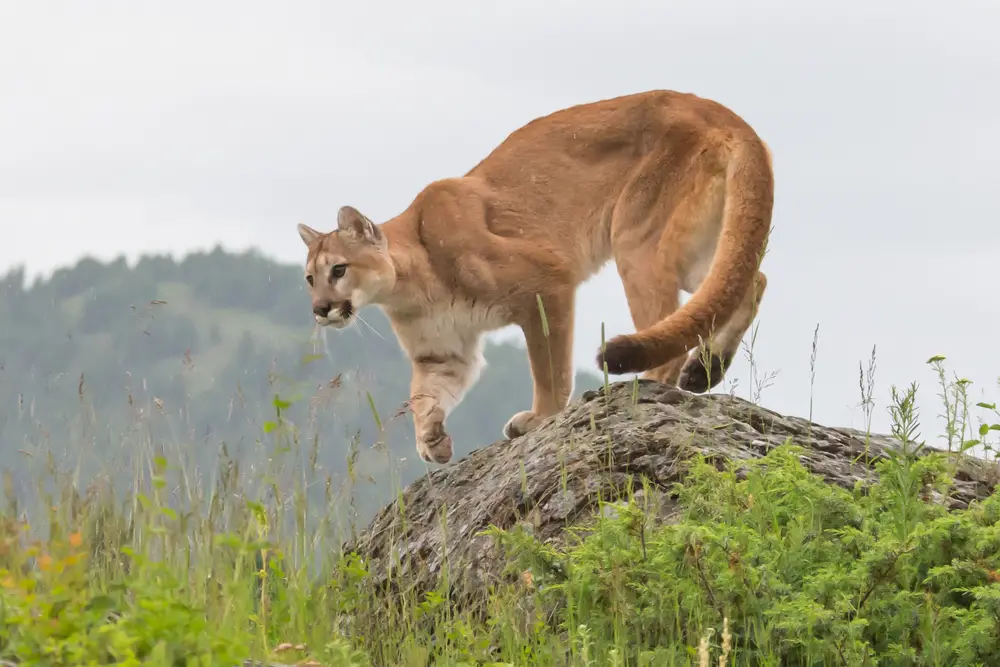
Mountain lions are solitary and elusive, rarely seen by hikers, but their presence is something to be aware of. These big cats are most active during dawn and dusk, and they prefer to avoid humans. If you encounter a mountain lion, remain calm and avoid making eye contact. Stand tall, make yourself appear larger, and speak firmly to assert your presence.
Backing away slowly while facing the mountain lion can help prevent an attack. If the lion acts aggressively, throw stones or sticks without crouching or turning your back. Keeping children and pets close by can also minimize the risk of an encounter turning dangerous. Understanding mountain lion behavior and staying vigilant in areas where they reside can help keep you safe. Remember, they are part of the ecosystem and deserve respect in their natural habitat.
11. Wild Boars and Their Unpredictable Behavior
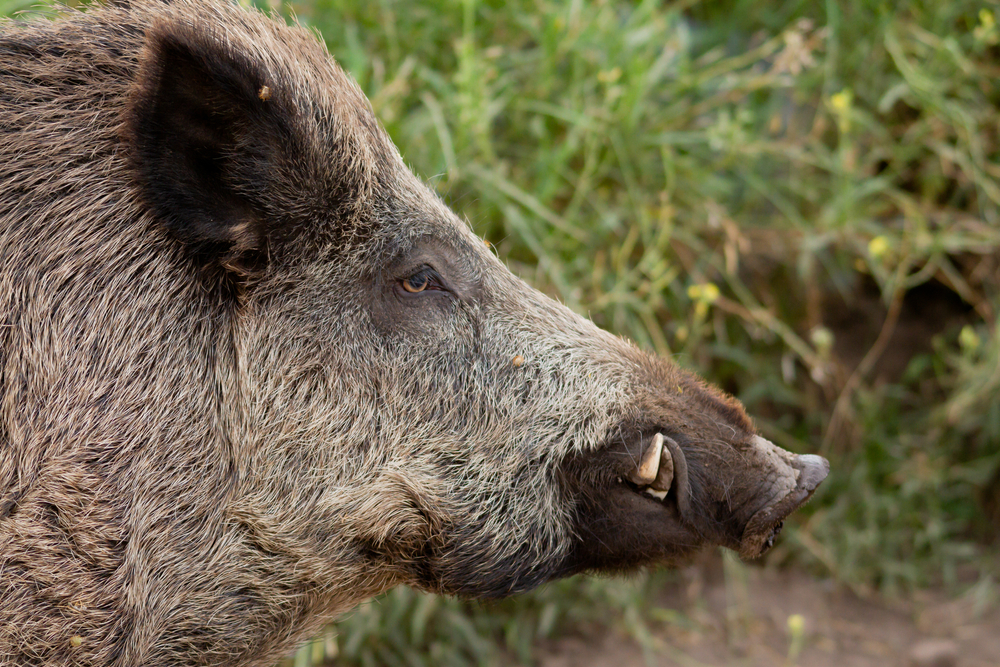
Wild boars might not be the first animal you think of when hiking, but they can be found in various regions and are known for their unpredictable nature. These animals can be aggressive, especially if they feel threatened or if you come between a mother and her piglets. If you spot a wild boar, it’s best to slowly back away and avoid any sudden movements. Wild boars have sharp tusks and can charge if they feel cornered.
Staying on marked trails and being mindful of your surroundings can help reduce the chance of a surprise encounter. If you do come across a wild boar, try to find an obstacle like a tree or rocks to put between you and the animal. Avoid loud noises or actions that may provoke them further. Understanding their behavior can help prevent a dangerous situation from escalating. As with all wildlife, respecting their space ensures safety for both you and the animals.
12. Territorial Geese with a Mean Streak

Geese may look harmless, but they can be fiercely territorial, especially during nesting season. If you find yourself near a body of water with geese, beware of their hissing and aggressive postures. Giving them a wide berth is the best way to avoid an unpleasant confrontation. If a goose begins to charge, maintain your distance and slowly back away without turning your back.
Geese are protective of their young and will defend their territory vigorously. Keeping your movements slow and deliberate can prevent agitation. Feeding geese can also lead to aggressive behavior, so it’s best to admire them from afar. If you’re hiking with children, keep them close and instruct them on how to behave around wildlife. Understanding the behavior of these seemingly benign birds can prevent a dampened hiking experience.
13. Gophers and Their Underground Surprises
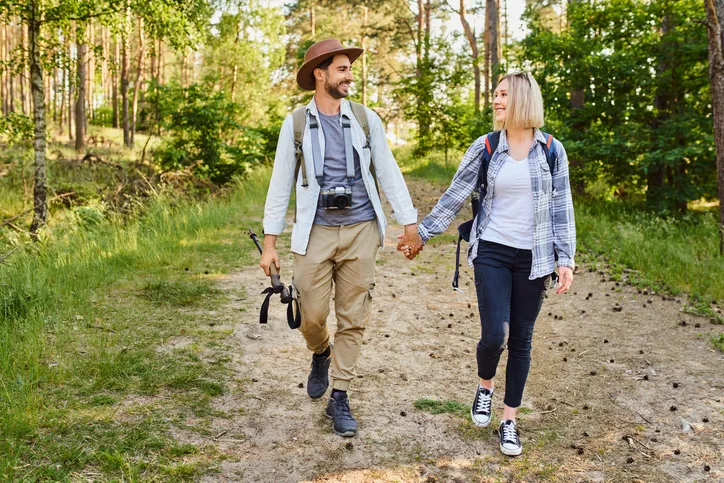
While gophers may not pose a direct threat, their burrows can create unexpected hazards on hiking trails. These underground tunnels can cause the ground to collapse or snag an ankle, leading to injuries. Staying on well-trodden paths and keeping an eye on where you step can minimize the risk of stumbling into a gopher hole. If you notice fresh mounds of dirt, it’s a good indicator of nearby burrowing activity.
Gophers are more active during the cooler parts of the day, so be extra cautious in the mornings or evenings. Picking a sturdy pair of hiking boots with ankle support can help protect against uneven terrain. While these small creatures are largely unseen, their presence is felt through the landscape. Respecting their role in the ecosystem includes being mindful of their subterranean homes. Preventing injury allows you to enjoy your hike without any unwanted disruptions.
14. The Elusive Lynx and Its Stealthy Moves
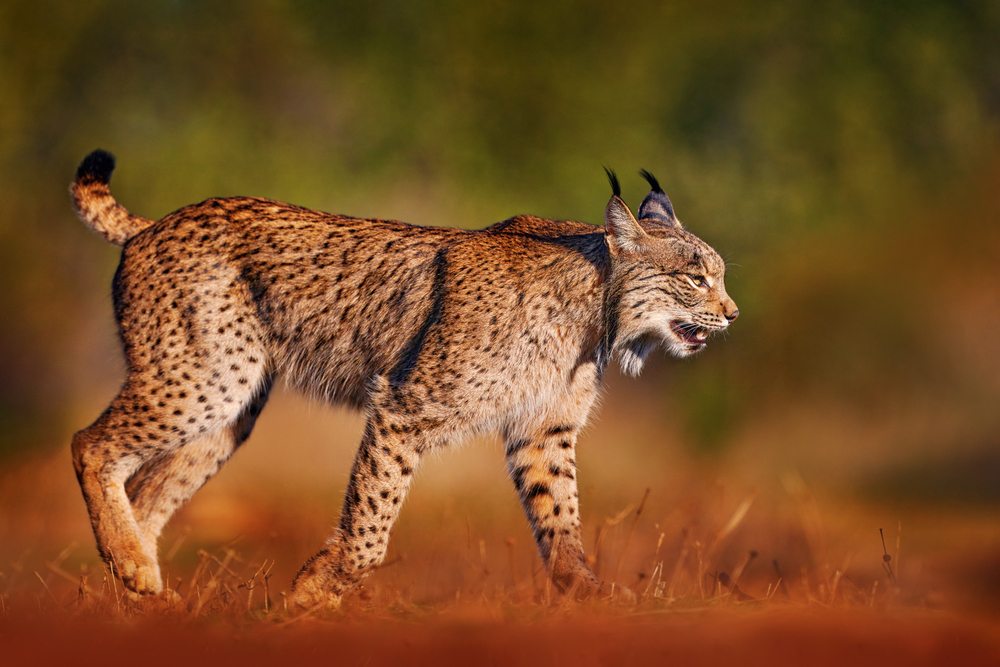
Though encounters with lynx are rare due to their solitary and stealthy nature, hikers should be aware of their presence in certain regions. These wild cats are masters of camouflage, blending seamlessly into their forested surroundings. While they generally avoid humans, if you do spot one, it’s crucial to maintain a respectful distance. Lynx are more active during twilight hours, so being watchful during these times is important.
If you happen upon a lynx, resist the urge to approach it for a closer look. Instead, observe quietly from afar and appreciate the rare sighting. Protecting livestock or pets by keeping them secure can minimize the chance of an encounter turning problematic. Understanding the natural behavior of lynx and other elusive wildlife enhances your hiking experience and ensures a safe journey. Respect and knowledge are your best tools in sharing the wilderness with these magnificent creatures.
